In her new exhibition on view through May 18 at Regen Projects in Los Angeles, artist Alberta Whittle explores catastrophe and disaster, and finding new ways of being though her work. She challenges the societal expectation that Black and global majority people should constantly be laboring, portraying Black women in various states of repose. Citing writing from Christina Sharpe and Saidiyah Hartman, Whittle asks viewers to think beyond wayward lives and the history of trauma. With her photo diary, the artist shows us her ways of being in which she shows herself love and rest.
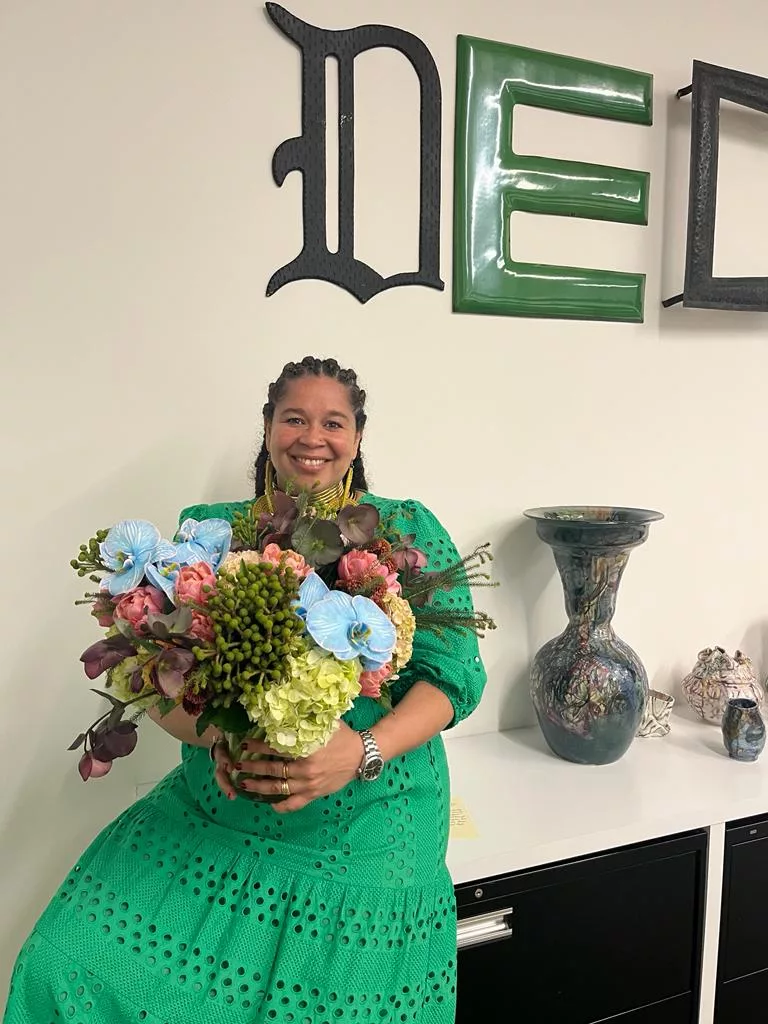
Lagareh. A phrase in the West African Mandinka language meaning “the last born.” It’s an expression that Barbadian-born, Glasgow-based multidisciplinary artist Alberta Whittle adopted for her 43-minute film project titled Lagareh – The Last Born, which invokes the memory of Sheku Bayoh, an African man from Sierra Leone who died in 2015 in Kirkcaldy, Scotland after nine officers restrained him. For Alberta, this event recalled the violent altercation with police officers Rodney King experienced in Los Angeles in 1991. Though she lived thousands of miles away, this was one of the artist’s earliest memories, particularly as it occurred on her birthday. Recalling that moment Whittle shares that watching King’s beating unfold live in the shadow of her birthday brought up thoughts surrounding the lack of humanity that Black and global majority people experience.
This experience is central to Whittle’s new exhibition, Learning a new punctuation for hope in times of disaster, on view at Regen Projects until May 18th. Discussing the title of the exhibition, the artist explains it is meant to situate (and remind us of) our current moment as a space of catastrophe and living amongst disaster. She relates this to Christina Sharpe’s In the Wake: On Blackness and Being in which Sharpe examines representations of Black life as impacted by the on-going legacy of enslavement, locating this existence in the “wake.” Alberta says that we have a tendency to move past cultural moments of significance too quickly, not recognising that the world is designed by and because of historical moments. “Nothing happens by chance,” she says.
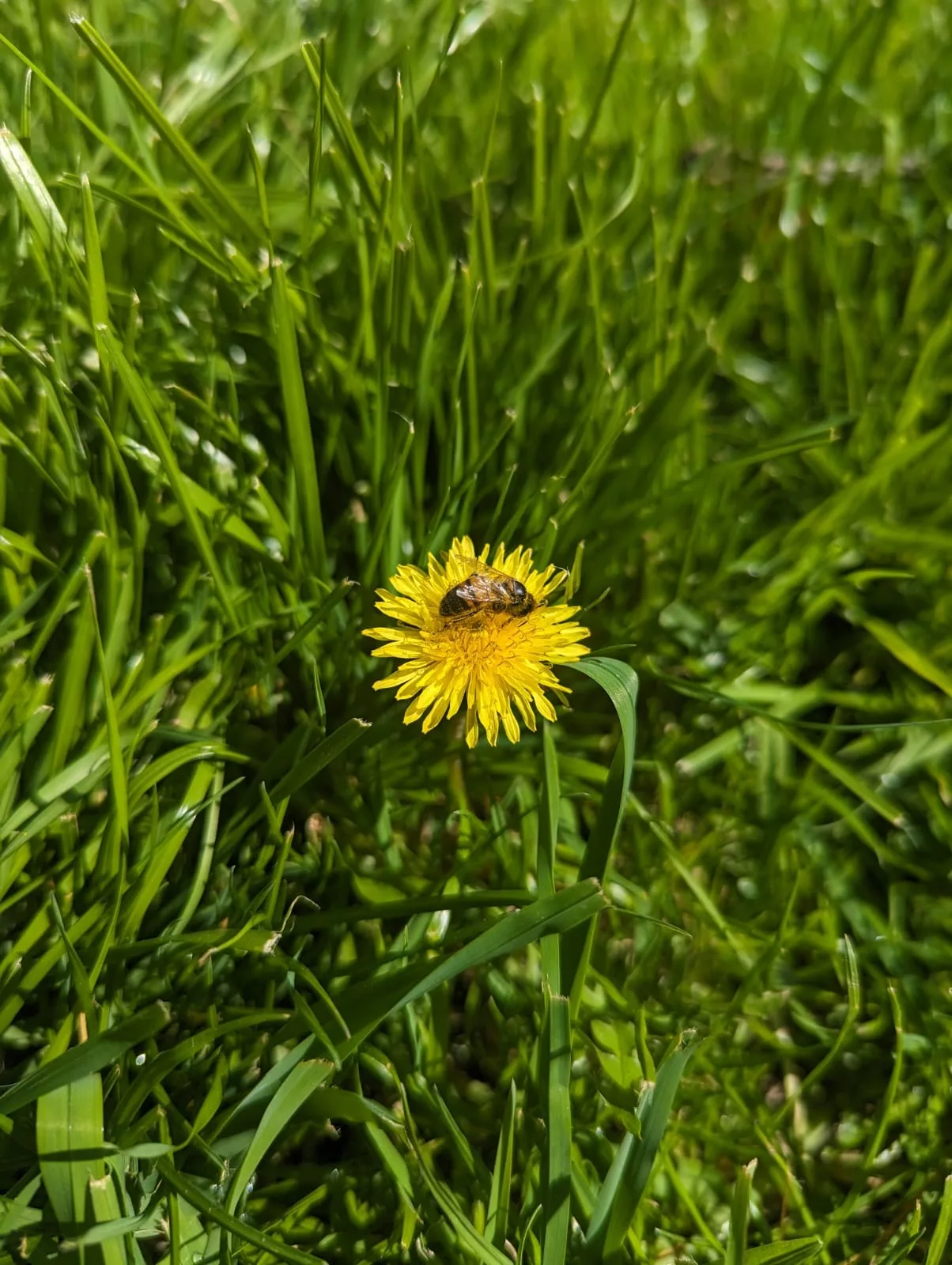
These moments of disasters function as fertile spaces for creating, an act that the artist declares is innately bound to challenging power, what we choose to forget and what we choose to remember. Whittle’s work exists and functions in a space between rage and love, engaging with the fragility of Black life and Black love, and the anger felt when thinking about the catastrophes we continue to live through. For Whittle, her work is an attempt to create an experience in which there are various opportunities for emotional responses for the viewer. This extends to the design of the exhibition, which the artist shares was intentionally produced to create sites of care and rest and encounters of love, memory, grief, and sisterhood, particularly Black sisterhood. It puts forth questions like how do we build family? How do we nurture ourselves and our healing? How do we find spaces of marronage?
The extrication from slavery is examined through the murder of Shaku Bayoh at the hands of the police, an encounter that is far too familiar and common for Black people. Lagareh is divided into chapters, each depicting a day of the week. Beginning with Monday, it moves through every day, allowing the viewer to be immersed in the conversation within the film. There’s an engagement with power, colonialism, and indigenous thought as different registers of resistance. The artist says that the environment in which the film is presented is just as important as the work itself. The walls in the gallery are painted in gradient shades ranging from scorching orange to pink and violet. With the inclusion of pink, Whittle makes reference to drunk tanks and incarceration. Moving into the room in which Lagareh is displayed, the artist shares that it is meant to be a space of possibility and healing. It features a suite of furniture designated to give viewers a space to rest.
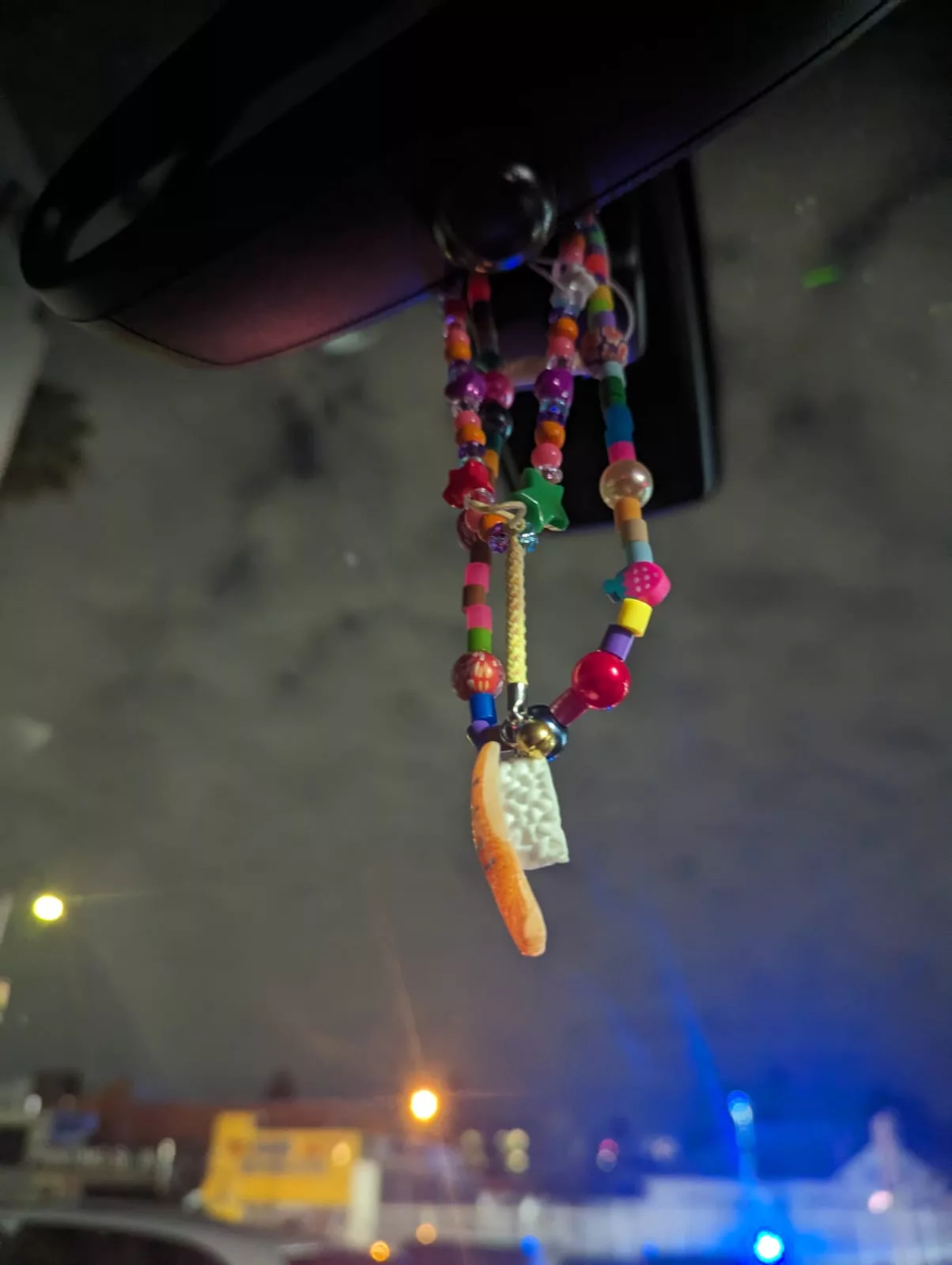
Alberta states that the furniture is arranged in the shape of different punctuations, a prompt to slow down and unlearn the haste with which we move through life. For the artist, it’s a reminder to breathe and the luxury of being able to breathe, particularly as she is often thinking about her racial identification and the way she is racialized by society. It allows for space to rest. To sit together but also hold oneself. The artist says she wanted the furniture to bring forth suggestions of the uneasy relationship between rest and sedation.
Speaking about a suite of paintings on view in a neighbouring room, Alberta celebrates and pays homage to the Black women, portraying them at rest in reverence. With these pieces, the artist asks what it means to be given permission to rest, to not have to labor and be on your feet. The titles of these pieces reference the Black women in her life with whom she has been in communion. Whittle began the series while in Lagos during which she had the opportunity to hear stories about the process of restitution regarding the Benin bronze sculptures. The artist shares that she had seen these objects at the British Museum before, yet looking at them after that visit made them feel orphaned. There was a feeling of people being unnamed and unrecognized. By naming these paintings after the women in her life, the artist is archiving their existence in this moment.
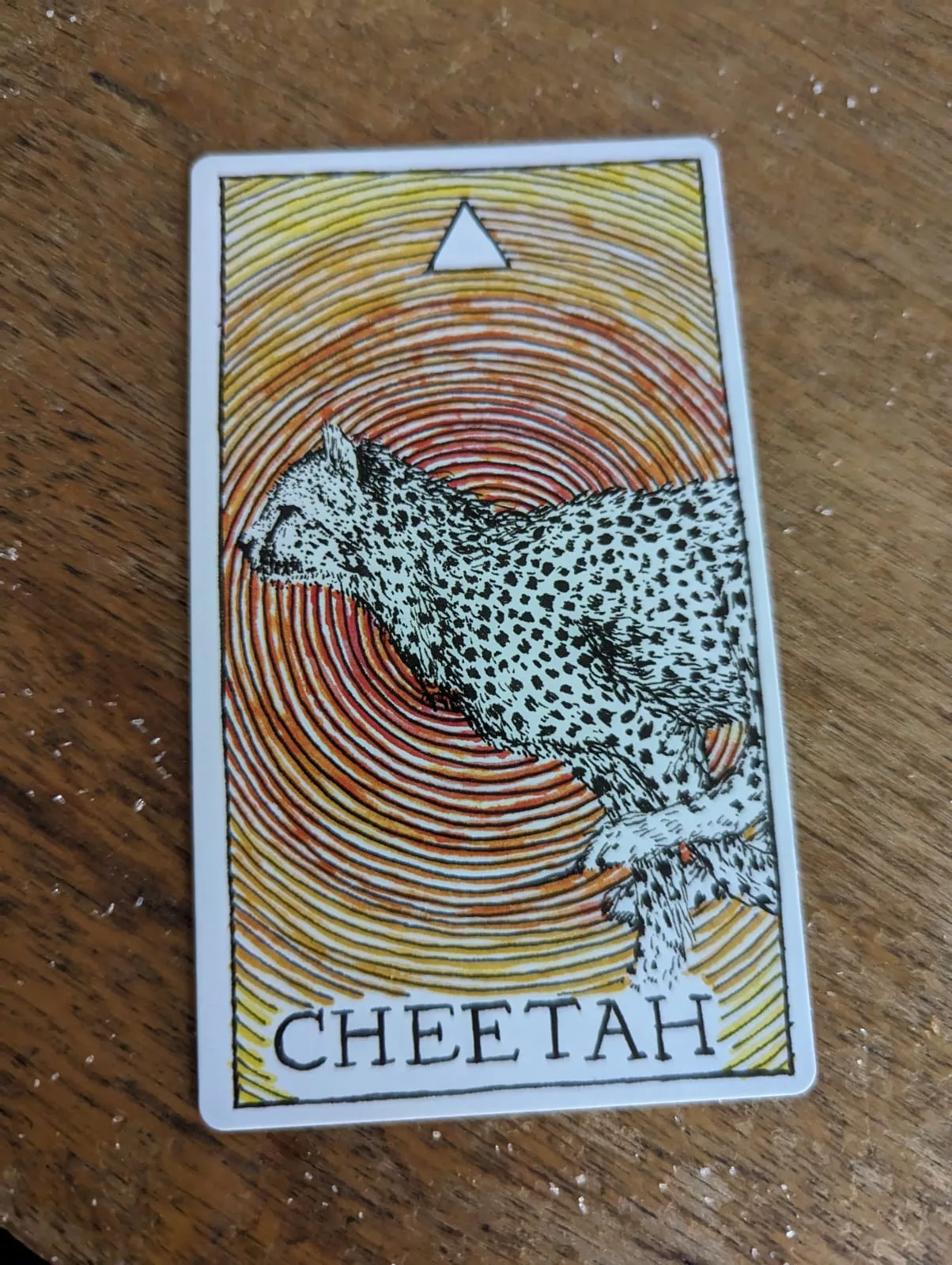
Further discussing the installation of Lagareh, Whittle shares that it is presented on a gate divided into three parts. The gate is meant to put forth questions of who is kept in and who is protected; a symbol that speaks about who is held in a lock up. The artist asks, “What does it mean to be held? Are you actually being protected? Or are you under the law trying to be contained, surveilled, and controlled?”
On the gates, Whittle has featured the phrase, ‘no humxns involved,’ which was a term used by the Los Angeles Police Department to refer to casework that involved Black and Latino men who are unemployed and who according to public officials, reside in the inner city. She sees an interesting relation between the inclusion of the text and bringing Lagareh to Los Angeles, the first time it will be presented in North America. With the expression, as well as the references to Rodney King and Sheko Bayoh, the artist asks the viewer to think about who is afforded the privilege of the label of ‘human.’ How does it relate to what it means to be American? For Whittle, this question was answered during the conversations she had with people from various walks of life while in Los Angeles for the installation of the exhibition. It has been an opportunity to hear different viewpoints and not isolate herself from the world around her. She adds that for artists, it’s easy to live in a silo and circumvent having to listen to opposing viewpoints or have difficult conversations, a crucial and desired result of Whittle’s work. She wants to challenge the viewer.
Whittle tries to strike a balance between edge and gentleness with every piece. While the work may appear gentle, she utilizes the textural layers to, as she says, trouble the eye. She does this by including a little black hand or kicking foot in the painting, but in such a way that it is not immediately apparent to the viewer unless they pay attention and engage with the piece. The artist states that the installations that accompany her work are meant to encourage various registers of emotions that can lead to discussions. She views these discussions as opportunities to break from the space of numbness in which we wilfully reside as a way to protect ourselves from all that is happening in the world around us. She relates these spaces to chrysalises, in which she states that by releasing our numbness, we can begin to break through the chrysalis and allow ourselves to be vulnerable, which creates space for healing.
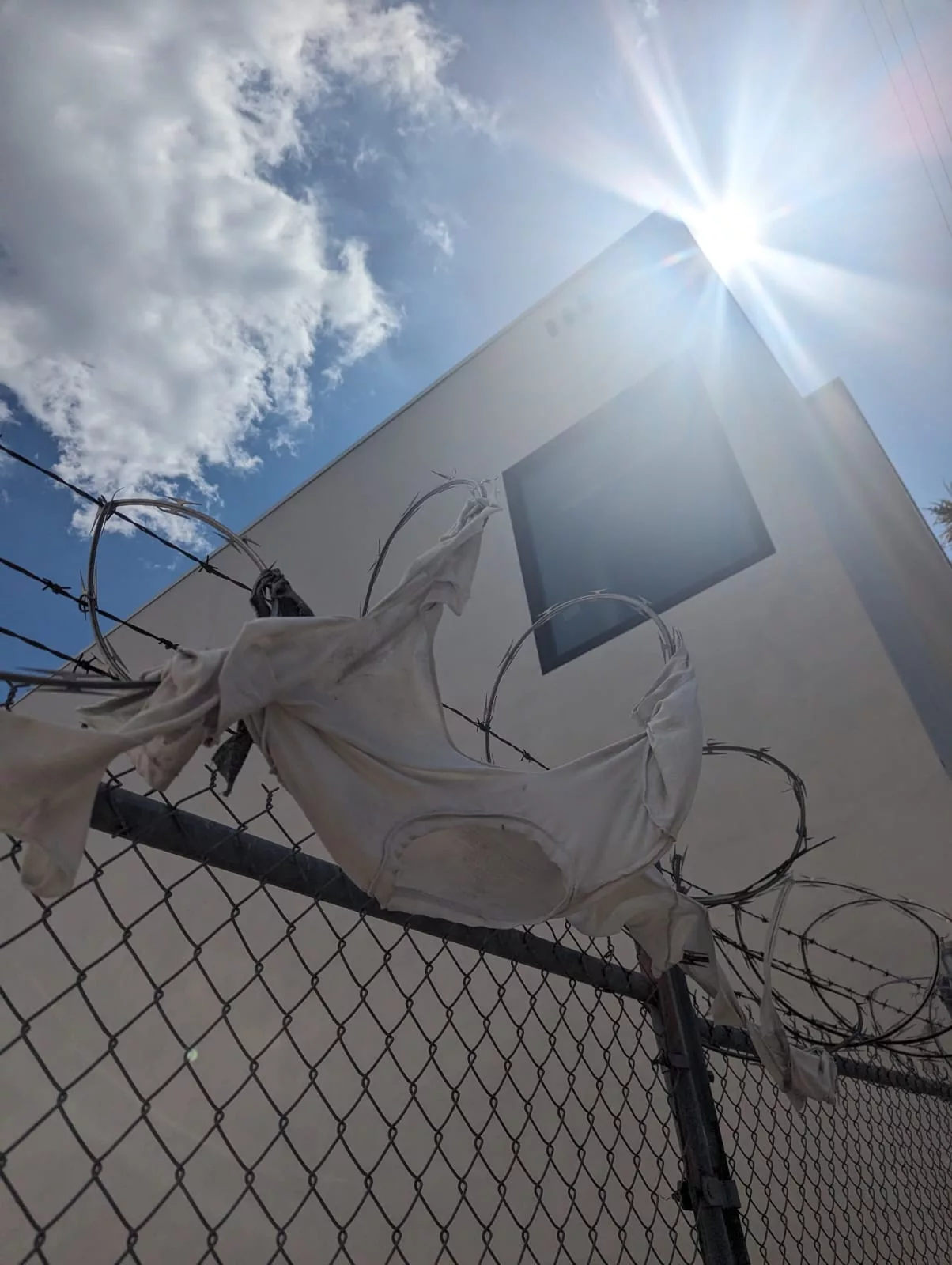
Alberta says that in opening themselves up to vulnerability while engaging with her work, viewers have cried as they feel seen or as if they’re learning something. She says that whatever response viewers have to her work is valid and crucial, even if they hate the work because that means it touched something. Even if viewers have an aversion to the work, when they verbalize that dislike, it shows that the work was so impactful that they’re still thinking about it. The artist says that she’d rather them hate the work than be indifferent because their opposition to the work, which is speaking about the inequalities of subjectivity, tells a lot about where the viewer is at. Alberta says that if viewers read anything about her work before seeing it, they know what they’re walking into. So for those who hold an aversion to still wanting to see the work shows a curiosity. She wants the viewer, as well as herself, to be present and exposed. It’s a shared experience in which she wants to be with them on the frontline, engaging with her work and thinking about how to move forward. It’s an active decision, she says, that can lead to change.
Alberta relates viewer’s curiosity in her work to the act of challenging, through learning and unlearning, what we have been taught, whether at school or by parents trying to protect us. As a Black woman or a global majority person, that protection has been taught to her through the framework of respectability, which she has had to unlearn. She says for a long time, she’s had a feeling that all she can strive for is to survive. The artist refutes, refuses, and rejects that, saying she is here to thrive, to be bountiful, to feel beautiful, and to look on beauty with pleasure.
It’s a radical act, as society has historically placed Black women in positions that necessitates a constant need to protect themselves. Alberta states that this results in a lack of love, something she has been thinking a lot about recently. She views love as political, sharing that her work originates from a duality of love and rage. The artist says that the rage she feels isn’t hate, but rather a rage reminiscent of Bell Hooks’ killing rage. Defined by Hooks as the anger felt by Black people who have repeatedly experienced racism, “killing rage” offers a site in which love and strength take root but can also be a catalyst for positive change. For Alberta, rage encourages her to slow down and take care of herself. She says that to take the time to care for herself is also about the love we share with those around us, which manifests in her work. She spends time with the people she loves, building relationships with chosen family. Whittle says that those who work with her are part of her chosen family. She refers to them as her accomplices in finding hope, loving one another, and showing up for each other. The artist says, “It’s about claiming each other, as sisters, as accomplices, as committed to unlearning.”
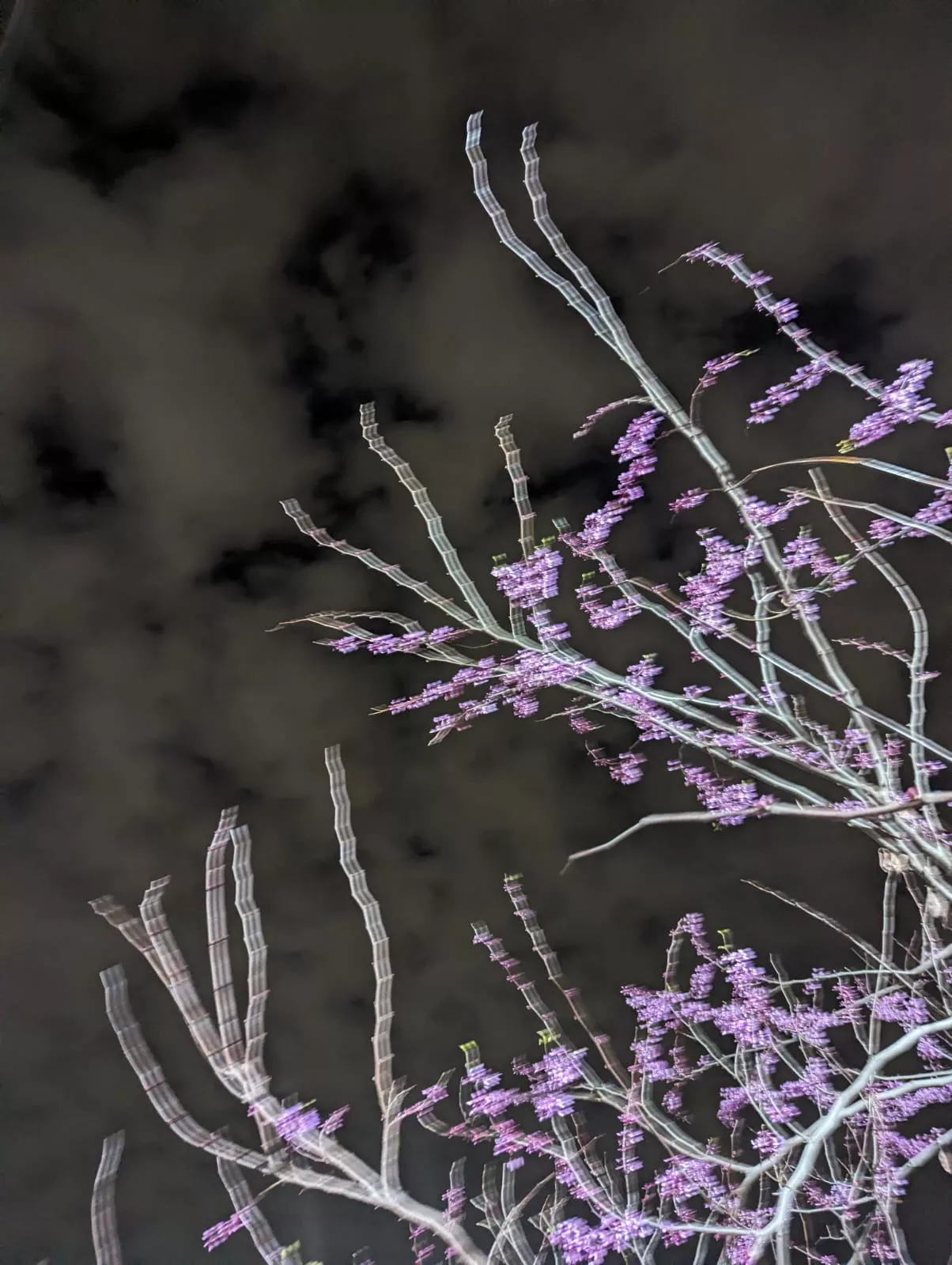
Alberta says that the process of claiming one another is also a radical act. They’re rejecting respectability politics by not labouring. She references Saidiyah Hartman’s Wayward Lives, Beautiful Experiments, and the danger and opposition that exists in Black folk and global majority people not labouring. The artist says that having images of women resting in her work is not only wayward but also powerful. It challenges the social contract that perpetuates that the act of rest for Black folk and global majority people is perverse.
Speaking about the organisation of the exhibition, Alberta says it is planned as a slow journey. A space in which visitors can meander as she wanted to create moments where they could recover, particularly before and after viewing the film. She says it begins with a West African griot singing a praise song for Sheko Bayoh in a courtroom. It was crucial for the artist that the praise song was performed in Mandinka, the native language of Bayoh’s family. Whittle shares that it was during the filming that she decided to name the film project Lagareh. The griot kept singing the phrase, which made the artist think about the racialization of incarceration and how we often forget the fact that those who are incarcerated were once the hope of their family. They are someone’s baby and were held with tenderness by their family, a feeling that she wanted to be present through the film. Though other parts of the film are captioned, she chose not to caption the praise song as she wanted it to be something special for the people in that community. And despite the praise song being in Mandinka, Whittle says that the griot’s voice transcends language. She views the film and the song as memorializing the family and the history of the people.
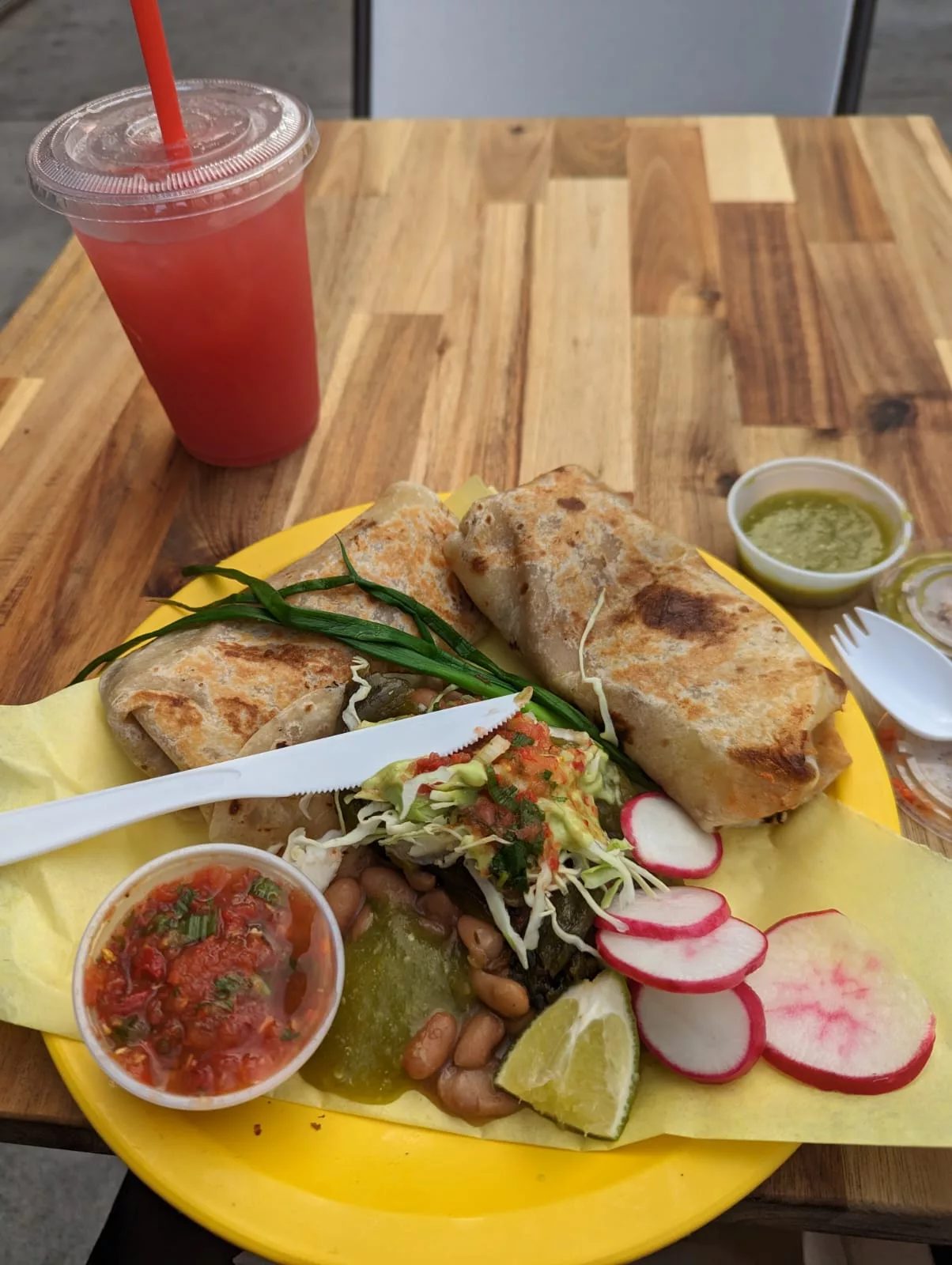
The act of memorialising Bayoh is important to Alberta as she herself can not trace her history. She says she’s lost access to the languages of her multiple origins and that desire to know lies at the heart of why she makes her work. “How do we memorialise and claim space,” she asks.
Alberta doesn’t go into her work thinking that Black people or the global majority of people are necessarily able to see their histories or traumas because they may have been available to them. She says that it’s her hope that in her work, we, the Black and global majority people, are able to find solace in thinking about how colonization is shaping our everyday lives. The artist relates the need to release society from the framework of colonization to learning a new punctuation. She says, “It’s about learning a new grammar, it’s about learning a new punctuation, a new way to move through the world and articulate our desires for change or what we think needs to be changed.”
Written by Karla Méndez





